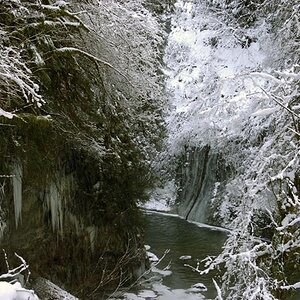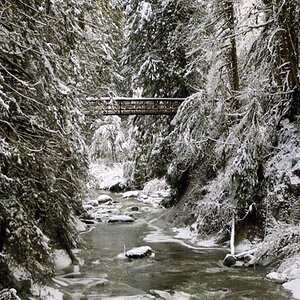TonyBritton
No longer a newbie, moving up!
- Joined
- May 4, 2014
- Messages
- 178
- Reaction score
- 125
- Location
- California
- Website
- tonybritton.smugmug.com
- Can others edit my Photos
- Photos NOT OK to edit
Hello,
I wanted to share my latest bird & wildlife images with you. I favor taking portrait style images with my SX50 and can usually get close enough to my subjects to fill the frame and capture some interesting detail. I hope you enjoy these these photos!
Here's the gallery: tonybritton
Best regards,
Tony
I wanted to share my latest bird & wildlife images with you. I favor taking portrait style images with my SX50 and can usually get close enough to my subjects to fill the frame and capture some interesting detail. I hope you enjoy these these photos!
Here's the gallery: tonybritton
Best regards,
Tony


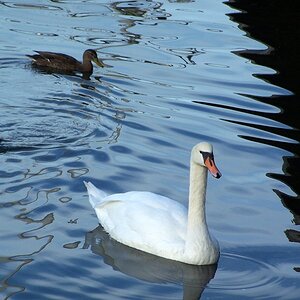
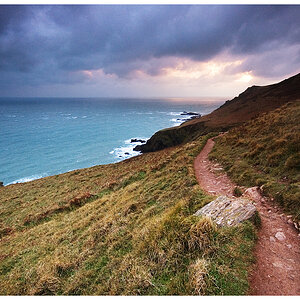

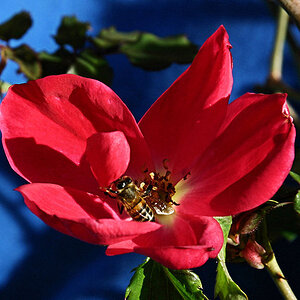

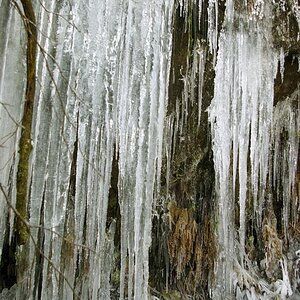

![[No title]](/data/xfmg/thumbnail/32/32148-95f8731a01012cd472d3896791e3b7de.jpg?1619735233)

